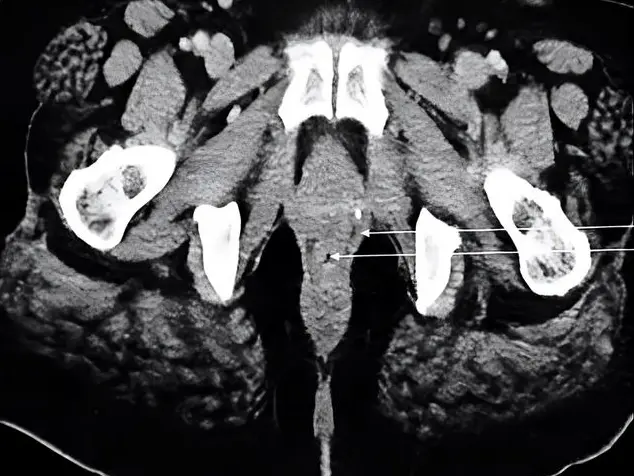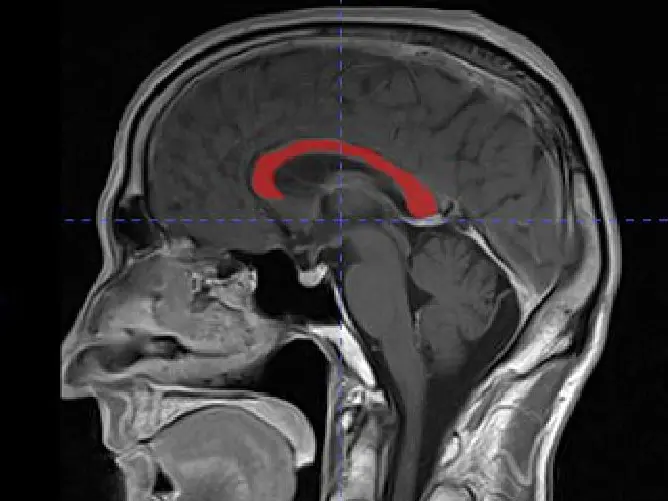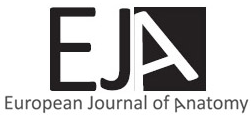Despite advancements in diagnostic technologies, one of the most challenging tasks in forensic medicine is the identification of skeletal and decomposing body parts of the deceased. Estimating gender and age is also a significant issue in the identification of unknown skulls. The aim of the present study was to estimate the sexual dimorphism and variations occurring with ageing in bizygomatic distance. This was a prospective observational study performed on 180 subjects, comprising 90 males and 90 females. Linear measurements of bizygomatic distance were evaluated using cone-beam computed tomography. The study showed that there was significant difference in bizygomatic distance among different age groups and gender, with males depicting comparatively higher values than females. The results obtained were statistically significant. It was concluded that the linear measurements of bizygomatic distance on CBCT images can be used in forensic anthropology as an aid for the determination of age and sex.
Bizygomatic distance as a predictor of age and sex determination: a morphometric analysis using cone beam computed tomography
Karthikeya Patil1, K.P. Mahesh1, C.J. Sanjay1, M. Aparna Vijayan1, D. Nagabhushana1, Aishwarya Ramesh2
1 Department of Oral Medicine and Radiology, JSS Dental College and Hospital, JSS Academy of Higher Education and Research, Mysore 570015, Karnataka, India
2 Current affiliation: Radiodent 3D, 1580, NS Road, Lakshmipuram, Mysuru, Karnataka 570004, India
SUMMARY
Eur. J. Anat.
, 26
(4):
457-
463
(2022)
ISSN 2340-311X (Online)
Sign up or Login
Related articles
Original article
Original article



